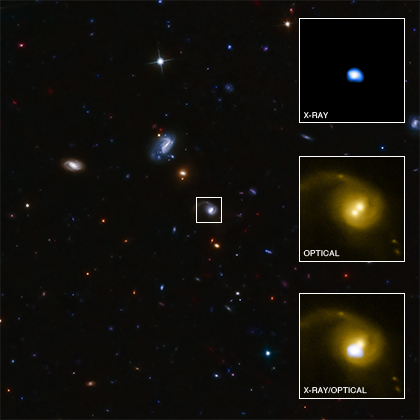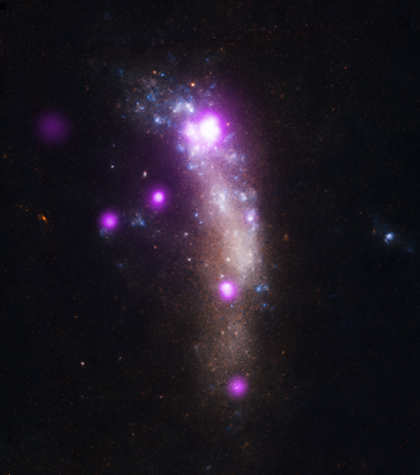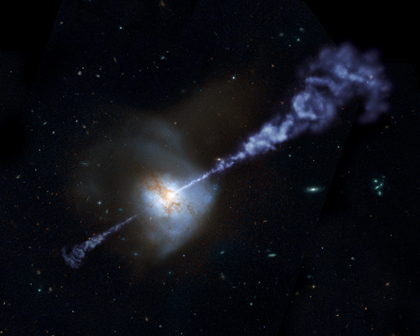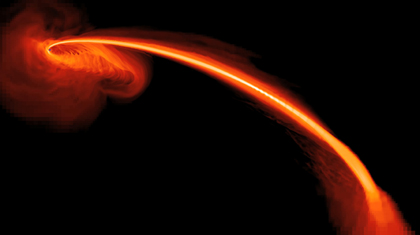The Science of Black Hole Kicks: An Interview with Avi Loeb
Submitted by chandra on Fri, 2012-06-01 19:39
For more context on CID-42 and the science of black hole kicks, we interviewed Professor Abraham (Avi) Loeb, one of the co-authors of the new paper. Avi is the director of the Institute for Theory and Computation, within the Harvard-Smithsonian Center for Astrophysics, and he is currently serving as Chair of the Department of Astronomy at Harvard University. He was recently elected to become a member of the American Academy of Arts & Sciences. Avi has worked on a wide variety of topics in astrophysics, including cosmology, black holes, gravitational lensing by planets and gamma-ray bursts in the distant Universe.
Q: How significant do you think this result is?
A: CID-42 is the best candidate for a massive black hole that might have been kicked out of the center of a galaxy with a high speed. An interesting mechanism for obtaining such a kick involves the merger of two black holes into the kicked black hole.










